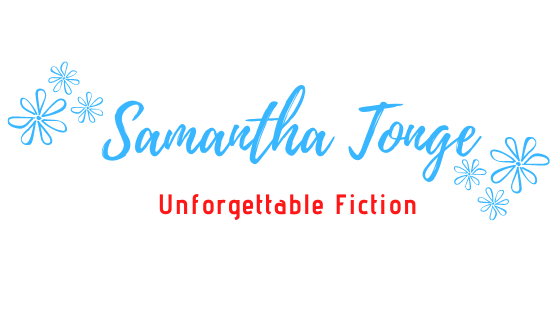There are many so-called rules to do with writing which I diligently stuck to as an aspiring writer. However, when I started mixing on-line with experienced authors, their view was to learn the rules, yes – but not so that you necessarily stick to them, but so you can break them with confidence. And now, years later, as my sixth novel Breakfast under a Cornish Sun has been completed (out July 2016), I couldn’t agree more.
Here are a few of the more common rules writers talk about, and my view on them – other authors, of course, might disagree! This is simply my opinion of what I find works.
Show not Tell.
Yes. Very important. This involves the reader more in the story and makes them figure things our for themselves, which results in a far more satisfying experience. Don’t tell the reader Sarah is depressed. Show this by having her refuse to eat a slice of her favourite cake or sit staring at a newspaper but not turn the page for half-an-hour. Don’t tell your reader how John is angry. Show this by him walking into the room fists curled, cheeks flushed and eyes flashing.
However… sometimes showing just doesn’t make sense. One emotion I always struggle to describe is “sheepish.” A character has done something wrong and is found out – they may not give eye contact or they may fiddle with their watch or clear their throat and start rambling or… I mean it really can, sometimes, be quite exhausting getting your character to do a whole manner of actions when you could just say: Megan looked sheepish.
So I use my common sense. My general rule is show where you can, as long as it doesn’t hinder the rhyme and flow of the sentence and story.
Write from the heart.
Hmm. Writers are told this again and again. And for the most part I agree. However I am first and foremost a commercial writer. I hope for an audience; aim to make a living from my writing. It is my career. So I keep an eye on the market as well and try to connect with the Zeitgeist when I choose a theme or title.
Only once have I not done this. Years ago with a novel that is firmly under my bed. It is chicklit set in Ancient Egypt. Many people I mention this book to say they would LOVE to read it – it even stars Tutankhamun! But it doesn’t fit the market. Didn’t back then. Still doesn’t now. An agent or publisher doesn’t know where to place it. So that was one year’s wasted work – not in terms of learning about writing, but in terms of pushing my career forwards and trying to get an agent and publishing deal.
Don’t over-use exclamation marks.
I do love a good exclamation mark! (Ha, see what I did there 🙂 ) But again, they can produce lazy writing. And I recall one agent who said she doesn’t read a submission if there is an exclamation mark on the first page. An exclamation mark can show anger, surprise or humour…. any strong emotion, when often the words should be doing that. For example:
“I can’t believe you just did that!” said Paul
as opposed to
“I can’t believe you just did that.’ Paul’s jaw dropped.
So, once again, I try to be selective. If the sentence is really important or super emotional, an exclamation mark might just be what is needed. And I do think it depends on genre. I use them reasonably liberally in my romantic comedies – but I do carefully consider each one.
Avoid too much backstory in the opening chapters.
Oh yes. Please! I cannot bear this and my eye drops to the bottom of the page immediately if I start a new book and the opening is full of the main character’s history. The irony is, this is one of my own biggest faults when writing a first draft, and I always end up having to restructure my first chapters. Don’t do it! When you meet someone new in real life and start to get to know them, you don’t begin by sitting them down and pouring our your whole life story, do you? So I take my time and try to thread the information in subtly so that the reader gets to know your character more slowly – this will make them emotionally connect with the character in a more natural way and getting a reader to care about your protagonist, or their story, is the key to getting them to read on.
So there you have it. My view on just a few of the more well-known rules. And yes them’s the rules – but we aren’t in school now. My advice would be to learn them inside out and then trust your instincts and confidence to know when to break them.



I especially like the last part about too much backstory.
Thanks Barbara. Yes, I still find that a really hard one. It seems to come naturally to me to want to tell the reader everything about the main character in the first few paragraphs. Thank goodness for rewrites!
Sam
Very insightful, helpful post, Sam. It’s confidence isn’t it knowing when to break a rule – and if it works. And I guess that comes with experience. xx
Thanks Sue. Yes, when I first started out, for a long time I stuck RIGIDLY to all the rules I read about and then some very kind experienced authors pointed out the error of my ways! But I do believe you still need to learn them. They definitely improved my writing in the beginning one hundred fold.
Sam xx
Rules are made to be broken, aren’t they
Exactly Della! x